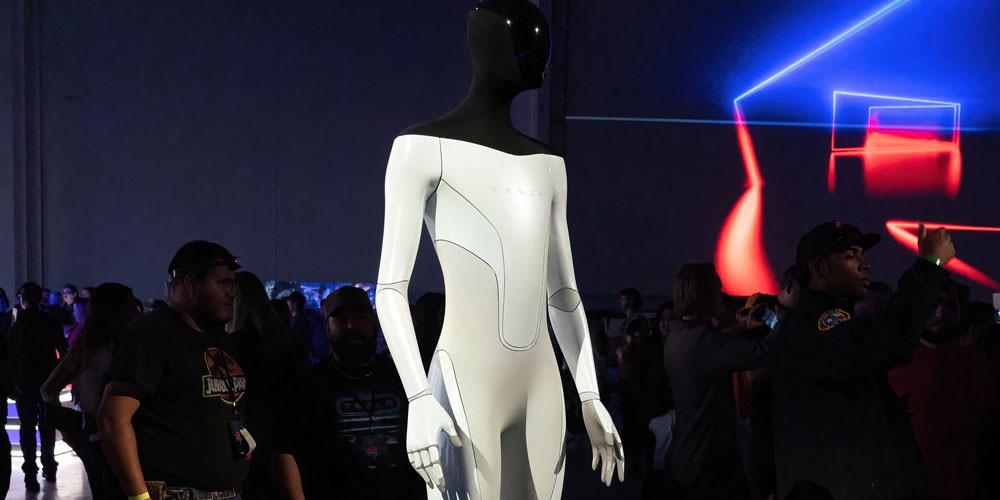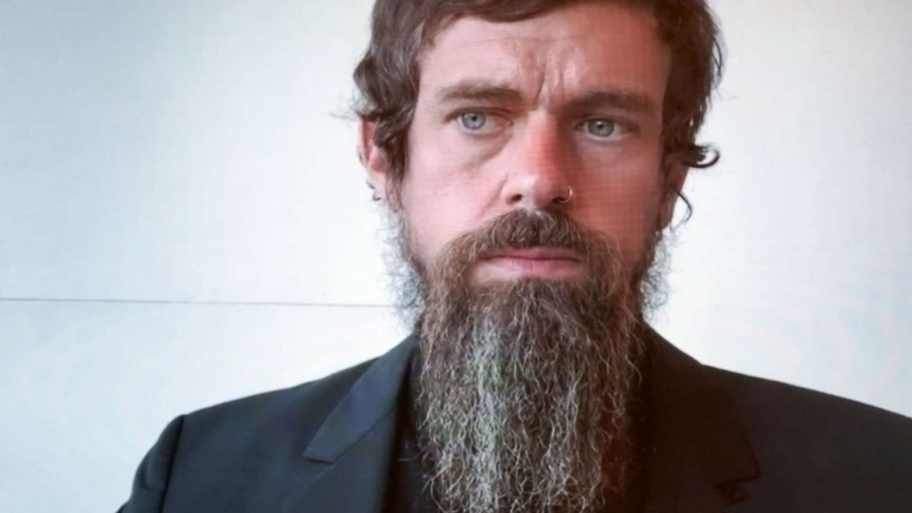In the late 2000s, a lifestyle reporter in Moscow named Eugenia Kuyda, then in her early twenties, decided to produce a cover story on Roman Mazurenko, the person at the center of Moscow’s creative hipster scene at the time. Right from the start, Eugenia and Roman both felt they had a profound connection, and soon became close friends.
A few years later, Kuyda moved to San Francisco to start a chatbot-based virtual assistant company. Shortly after, Mazurenko also moved and began his American life. They kept in touch continuously and exchanged endless text messages. But in late 2015 Mazurenko, then 34, was hit and killed by a car while crossing a street during a short visit in Moscow.
Grieving Mazurenko, Kuyda read their messages over and over again. At some point, she realized that these messages had the potential to be more than just a memory. She took all the data she had and, with her team and using Google-based neural networks, built a chatbot version of Mazurenko. The result was surprisingly human-like. She could text with the chatbot on past and future events, and digital Mazurenko came to life and felt real. Digital Mazurenko was sad when she told him how much she missed him and joyful when she shared with him her recent achievements at her company.
Kuyda and her team took this concept further and made a version that anyone could use. They named it Replika and users loved it instantly. Looking back at Replika’s success, Kuyda recounted, “People started sending us emails asking us to build a bot for them.”
Some people wanted to build a replica of themselves, and some wanted to build a bot for a person that they loved but was gone.” These positive reactions encouraged Kuyda and her team to go further—to create fictitious characters that accompany people around the world. Replika is now a companion chatbot app available on almost any operating system…


